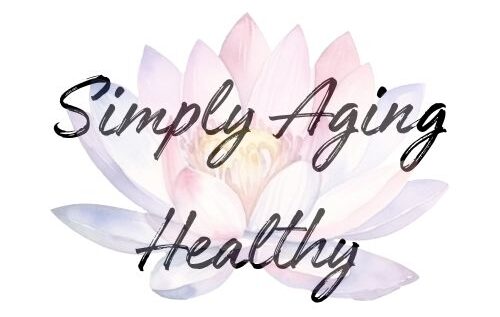Senior Cyclists: Returning to Cycling After a Long Break
Are you looking for a way to get back into cardio, or maybe you’re looking for an alternative to your current cardio?
Have you considered cycling?
Let me guess, You’re thinking, “Seriously, I haven’t ridden a bike in forever!”
Trust me, I understand because I’ve been there!
After not cycling since my teenage years, I hopped back on my bike at the ripe old age of 60!
It has been great, both physically and mentally. Some days, I actually feel like a kid again.
It’s not only a fabulous low-impact workout that’s easy on joints—thank you, arthritis—but it also helps to put a smile on my face due to the mental benefits.
So, if you’re thinking about trying it just stick around, and I’ll share some tips and advice on how to make your return-to-cycling journey fun and easy.
The Benefits of Returning to Cycling After a Long Break
As we get older, it can be a little challenging to get back into cycling or start cycling – but don’t get discouraged!
Just think of all the countless benefits of cycling!
Physical Benefits
Cycling is a low-impact exercise that can help improve your cardiovascular health, strengthen muscles, and improve flexibility.
It can also help control your weight by burning calories.
READ MORE: Starting A Bicycle Journey At 60 Years Old | Simply Aging Healthy
Mental Benefits
Cycling can be a great way to reduce stress and improve your mood. I think we all could use a little more of that!
I mean seriously – just getting out in the fresh air and letting your mind go wherever it wants can turn your whole day around!
It can also be a social activity, which can help you to stay connected with new and old friends.
READ MORE: 7 Amazing Mental Health Benefits Of Cycling: Informative Guide | Simply Aging Healthy
Preparing for Your Return to Cycling
You will find that you will need to prepare yourself mentally and physically before hitting the open road.
Assessing Your Fitness Level
Before you start cycling, it’s important to check your fitness level to determine the right intensity and duration for your rides.
Are you getting off the couch to start riding, or are you pretty fit and workout often?
Either way, you may want to start by taking a short walk or doing some light cardio exercises. This will give you an idea of where you are in your endurance and cardiovascular fitness journey.
Choosing the Right Bike and Gear
Choosing the right bike and cycling gear is probably the most important thing for your safety and comfort while cycling.
Since we’re a little older and possibly have a few more limitations than when we were younger, you might want to find a bike that is easy to get on and off of, with a comfortable seat, and gears to make cycling easier.
You may also want to get some cycling gear like a helmet, padded shorts (a must have in my cycling arsenal!), and cycling shoes for safety and comfort while cycling.
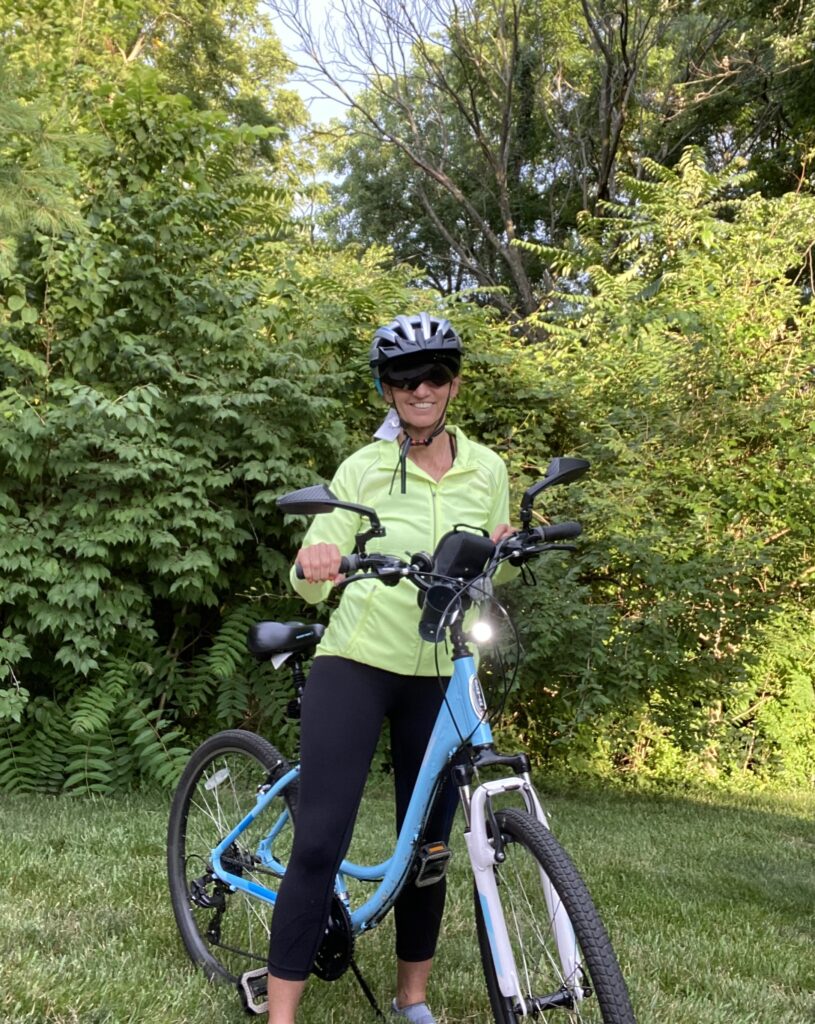
Creating a Cycling Routine
Creating a cycling routine can be a huge help in making your return to cycling after a long break successful!
You can start by setting realistic goals that align with your fitness level and lifestyle.
For instance, you can start with short rides of 20-30 minutes and gradually increase the duration and intensity of your rides as you get fitter.
You can also find a cycling buddy or join a cycling group to help you stay motivated and accountable.
To create a cycling routine that works for you, you can use a calendar or a planner to schedule your rides and track your progress.
You can also include some strength training exercises and proteins into your routine to improve your fitness and recovery.
Preparing for your return to cycling after a long break requires patience, commitment, and planning.
Training Tips for Seniors Returning to Cycling
Here are a few training tips that worked for me:
Starting Slowly and Building Endurance
When you’re first starting out, it’s important to take it slow. You don’t want to push yourself too hard and risk injury.
Start with short rides around your neighborhood and gradually increase the distance and duration of your rides.
A good goal to aim for is 150 minutes of exercise per week.
To build endurance, try doing interval training. This involves alternating between periods of high intensity and low intensity.
For example, you could ride at a faster pace for 30 seconds and then slow down for a minute. Repeat this for several cycles.
Include Strength Training
Strength training can help you build muscle and improve your cycling performance.
Focus on exercises that target your legs, such as squats, lunges, and leg presses.
You can also use resistance bands to strengthen your upper body and core.
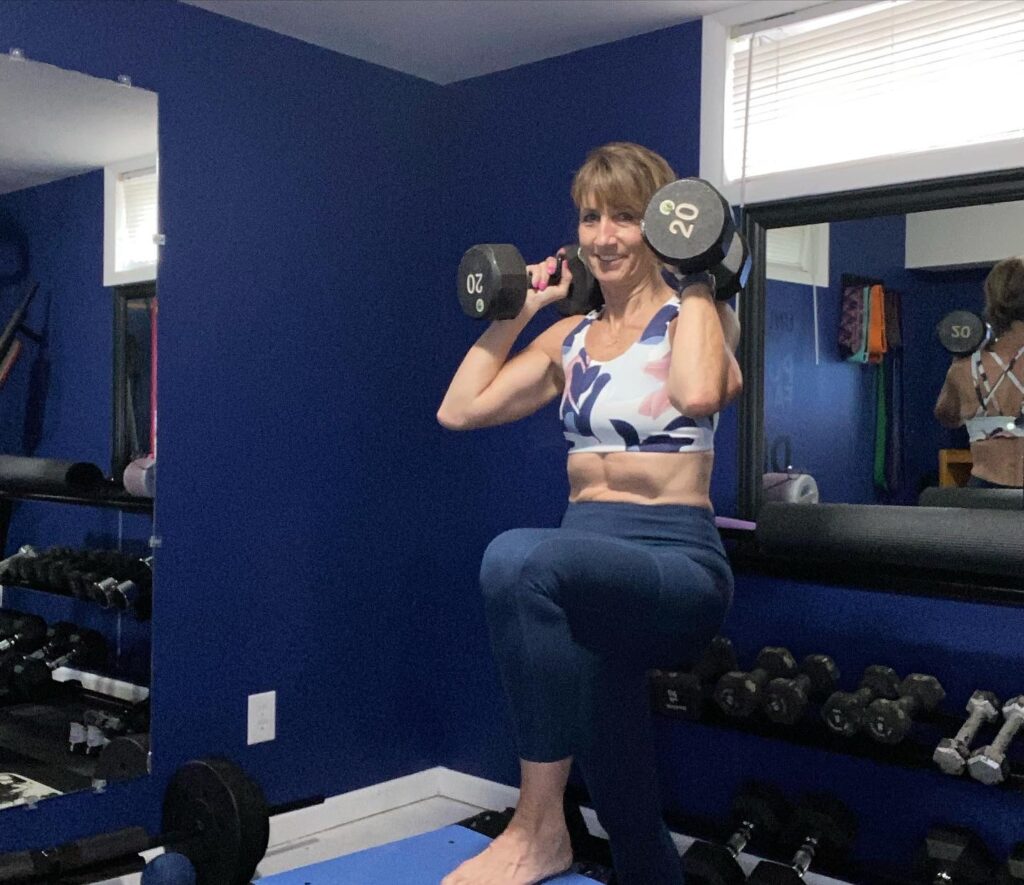
Staying Safe on the Road
As a senior cyclist, safety should be your top priority.
Make sure your bike is in good condition and that you have the right riding gear, including a helmet, gloves, glasses, and reflective clothing.
It’s also important to warm up before your ride and choose a safe route that’s free of hazards.
When you’re on the road, watch out for other cyclists and pedestrians. Use hand signals to let people know when you’re turning or stopping, and always follow traffic laws.
If you’re riding in a group, stay in a single-file line and communicate with the other riders.
Just remember to take it slow, incorporate strength training, and stay safe on the road.
Nutrition and Hydration for Senior Cyclists
Proper fueling and hydration can help you perform better on the bike and recover faster after a ride.
Fueling Your Ride
Carbohydrates are an important source of energy for cyclists.
As a senior, it’s important to make sure you’re getting enough carbs to fuel your rides.
Try to eat a meal with carbohydrates 2-3 hours before your ride or a snack with carbs 30 minutes to an hour before your ride.
During your ride, be sure to take in 30-60 grams of carbohydrates per hour. This can come from sports drinks, energy gels, or energy bars.
Be sure to read the labels and choose products that are easy to digest and won’t upset your stomach.
After your ride, it’s important to replenish your glycogen stores with carbohydrates.
You may want to eat a meal with carbohydrates within 30 minutes of finishing your ride. This can be a simple snack like a banana or a meal like a sandwich or pasta dish.
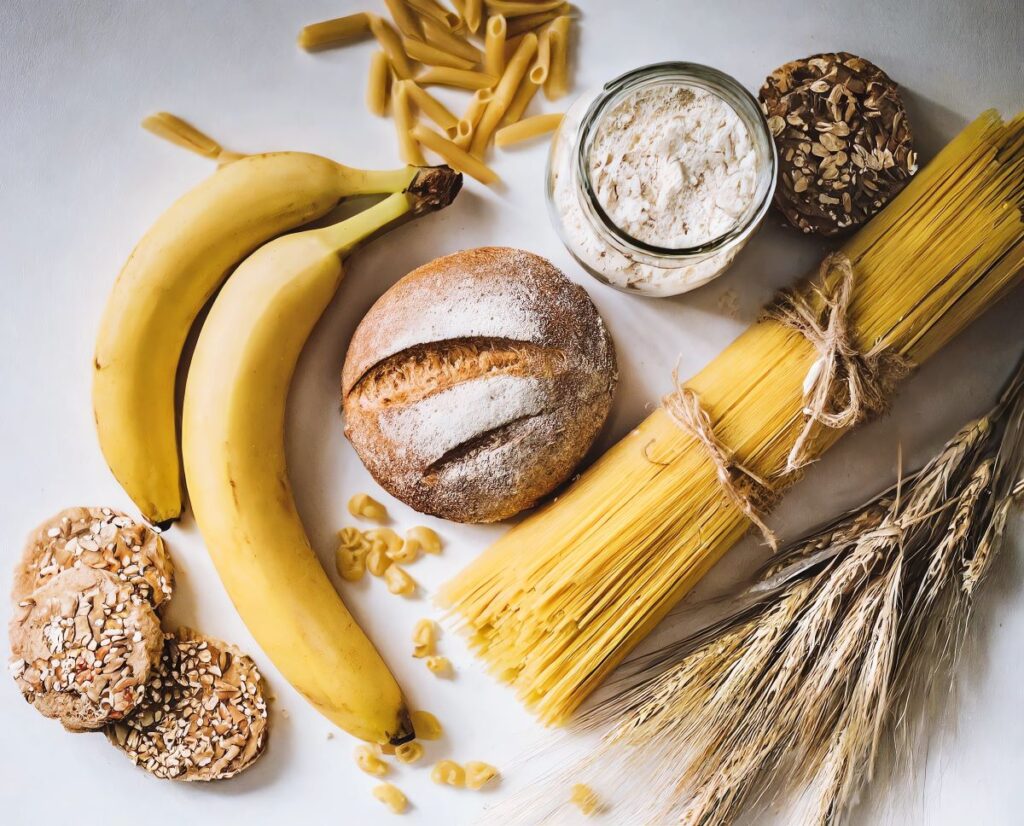
Staying Hydrated
Proper hydration is important regardless of your age, but as an older adult, it’s even more important.
Try to drink 16-20 ounces of water or sports drink 2-3 hours before your ride.
During your ride, drink 20-30 ounces of water or sports drink per hour.
It’s also important to pay attention to your electrolyte needs.
Electrolytes like sodium and potassium are lost through sweat and need to be replenished during longer rides.
You can replenish your electrolytes through sports drinks or electrolyte tablets.
Drinking fluids during your ride is important, but it’s also important to drink fluids throughout the day to stay properly hydrated.
Try to drink at least 8 cups of water every day.
Remember to listen to your body and adjust your nutrition and hydration as needed.
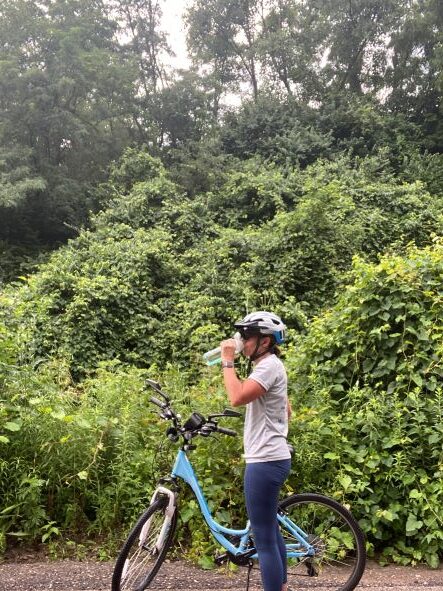
Recovery and Injury Prevention
Returning to cycling after a long break can take a toll on your body.
To avoid injury and have a smooth transition, it’s important to focus on recovery techniques and injury prevention.
Recovery Techniques
One of the most important needs in recovery is allowing your body enough time to rest and recover after each ride.
This can include taking days off in between rides and incorporating low-impact activities such as yoga or stretching into your routine.
I have learned to embrace my rest days!
Also, proper nutrition and hydration on your rest days can help with your recovery and also improve stamina when you get back on your bike.
Another great way to boost your recovery is to track your rides and monitor your progress. (My favorite app for this is Strava.)
This can help you identify areas where you may be pushing yourself too hard and allow you to adjust your routine accordingly.
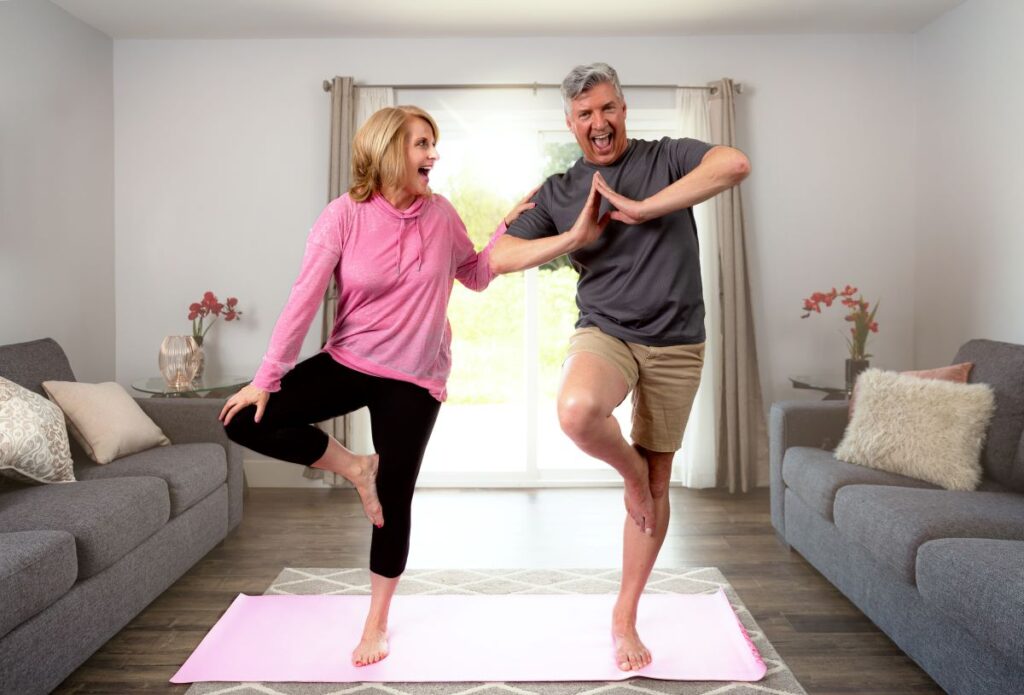
Injury Prevention
Injury prevention is key when returning to cycling after a long break.
It’s important to start slowly and gradually increase the intensity and duration of your rides.
Also, including strength training exercises in your routine can help improve overall fitness and prevent injury.
Proper bike fit is also important in preventing injury.
Make sure your bike is adjusted to fit your body and riding style. If necessary, consider investing in a professional bike fitting at your local bike shop.
Finally, don’t forget to listen to your body. If you feel pain or discomfort while riding, take a break and address the issue before it becomes a more serious injury.
Finding Support and Motivation
Returning to cycling after a long break can be challenging, especially as a senior.
But, finding support and motivation can make the process easier and more enjoyable.
Joining a Cycling Group
Joining a cycling group is a great way to find support and motivation.
Group rides can be a lot of fun and provide a sense of community. It’s also a great way to meet new people who share your passion for cycling.
When looking for a group, consider the pace and distance of the rides to make sure they are suitable for your fitness level.
Joining a group can also provide the opportunity to learn new skills and techniques from more experienced riders.
Working with a Coach
Working with a coach is another way to find support and motivation.
A coach can help you set realistic cycling goals and create a training plan that fits your schedule and fitness level.
They can also give you feedback on your technique and help you make adjustments to improve your performance.
A Few Other Helpful Tips
In addition to joining a cycling group or working with a coach, there are other things you can do to find support and motivation:
- Set a cycling goal: Having a goal can give you something to work towards and keep you motivated.
- Create a schedule: Having a set schedule can help you stay on track with your training and make it easier to fit cycling into your daily routine.
- Take it slow: Coming back to cycling after a long break can be challenging, so it’s important to take it slow and ride at a relaxed pace. Don’t push yourself too hard and remember to listen to your body.
- Wear a helmet and Eye Protection: Wearing a helmet and eye protection is essential for safety when cycling. Make sure your helmet fits properly and is in good condition.
- Consult with a doctor: If you have any health concerns, it’s important to consult with a doctor before starting any exercise program.
- Get enough sleep: Getting enough sleep is important for recovery and can help you stay motivated and energized for your rides. Trouble sleeping – check out this article: Sweet Dreams: 12 Ways to Help you Sleep Well
- Focus on your breathing: Pay attention to your breathing to help you stay relaxed and focused during your rides.
Conclusion
Cycling is an extremely rewarding hobby that can help provide older adults with a focus, a sense of freedom and control, and increased physical and mental health.
Although it can be intimidating at first to break out of your comfort zone and get back on a bike after years of being inactive, it may prove to be worth the effort, regardless of your age.
Be sure to examine your fitness level and adjust accordingly. Make safety a priority. Choose gear that works for you. Set achievable goals.
With a little preparation and a cautious attitude out on the road, you can open up a world to an entire array of possibilities from leisurely rides in nature to exciting competitions with new friends.
